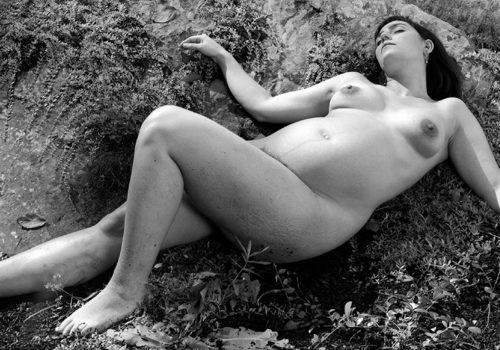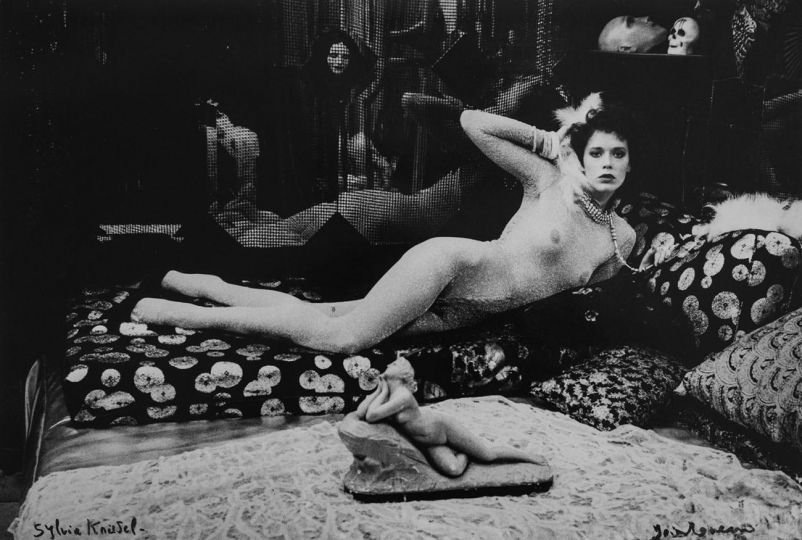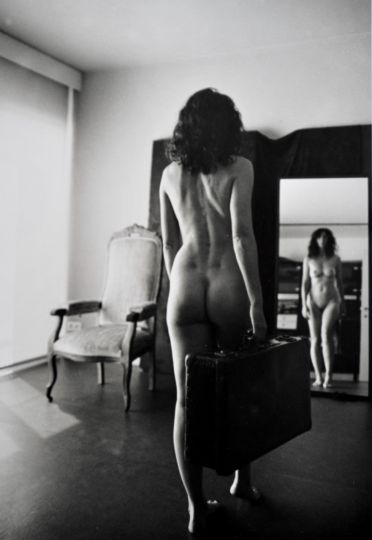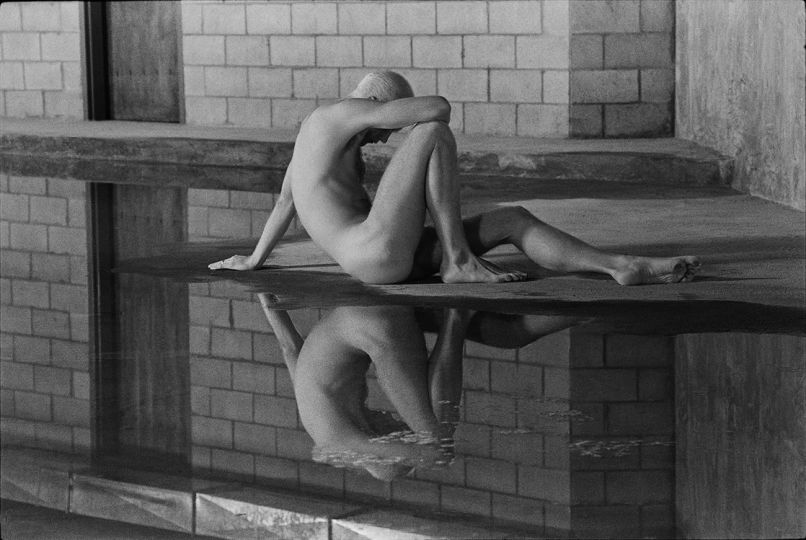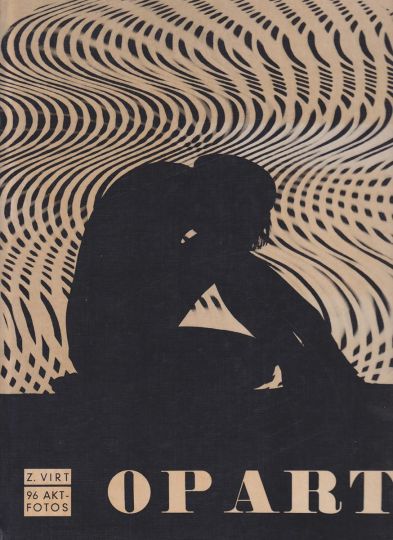Release by Artiere editions of To Be by Lois Conner. She presents it like this:
When I was 17, my older sister Susan let me photograph her. I was amazed at how her newly prominent veins and capillaries defined her pregnant body as they raced down her arms and across her abdomen and breasts. I felt I could almost see the growing child through her pale skin.
Around the turn of the millennium, it was as though I was surrounded by women — colleagues, family, friends — who were expecting, and I felt an urgency to photograph them. Perhaps the urgency I felt had to do with knowing their pregnancy was limited to nine or so months. To photograph a woman before she gives birth, a loved one before they die, the sunlight before it fades and grows dark are all a motivation, and expression of the life force.
Inspired by altar paintings from the Italian Renaissance, I used my 7”x17” panoramic camera for standing portraits. When I realized my subjects sometimes had trouble balancing, I also made horizontals, with the recumbent portraits of Francisco de Goya’s Naked Maja, Edouard Manet’s Olympia, and André Kertész’s Satiric Dancer in mind. I collected copies of paintings, drawings and photographs for inspiration and often asked my subjects to interpret for themselves their gestures or their contrapposto stances. During the time we spent together, we worked collaboratively and slowly—moving and rearranging furniture and props—to create an intimate studio, be it inside their homes or, sometimes, out in the landscape. Sometimes partners, dogs or cats would join us.
The oldest known depiction of pregnancy is the Venus of Willendorf (c. 25,000 BC), discovered in Austria in 1908. It’s a limestone figurine with pendulous breasts and fertile hips. One night in the summer of 2023 when I was developing the last negatives for this project the temperature in my darkroom reached 100 degrees. Overwhelmed by the heat and the intensity of these images, I left the negatives in a water holding bath overnight. When I went to hang them up the next morning I was horrified when the emulsion began sliding down the plastic base of the film. I hurriedly held up one of the sheets of film to the light box and took a photograph. Suddenly, there was a Venus of Willendorf of my own.
Now, I see the shape or spirit of Venus in each one of these portraits, images of seen and unseen transformations that give rise to human life. I also see my own inspiration to understand and describe the pregnant form — fertility, fecundity, hope, birth, precarity and even time itself.
Lois Conner
Lois Conner : To Be
Artiere editions
Published in English
Design by Teresa Piardi – Maxwell Studio
First Edition: 750 copies
2 books (one horizontal and one vertical) 32 pages each
size of the books: 11,8 x 28,5 cm
tritone black and white printing
ISBN: 979-12-80978-10-3I
www.lartiere.com

